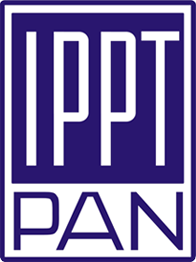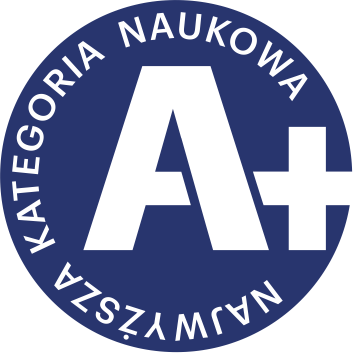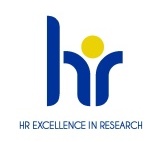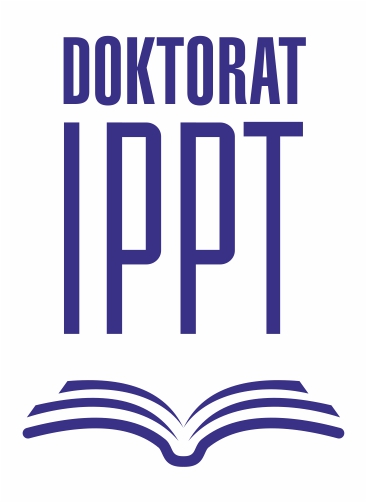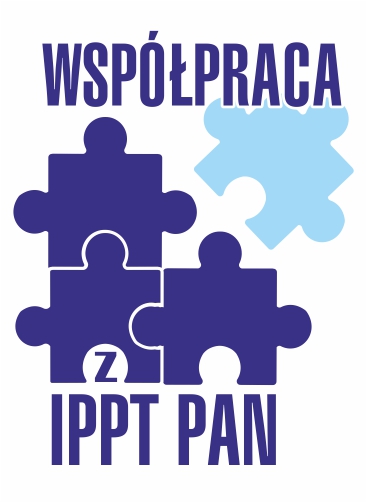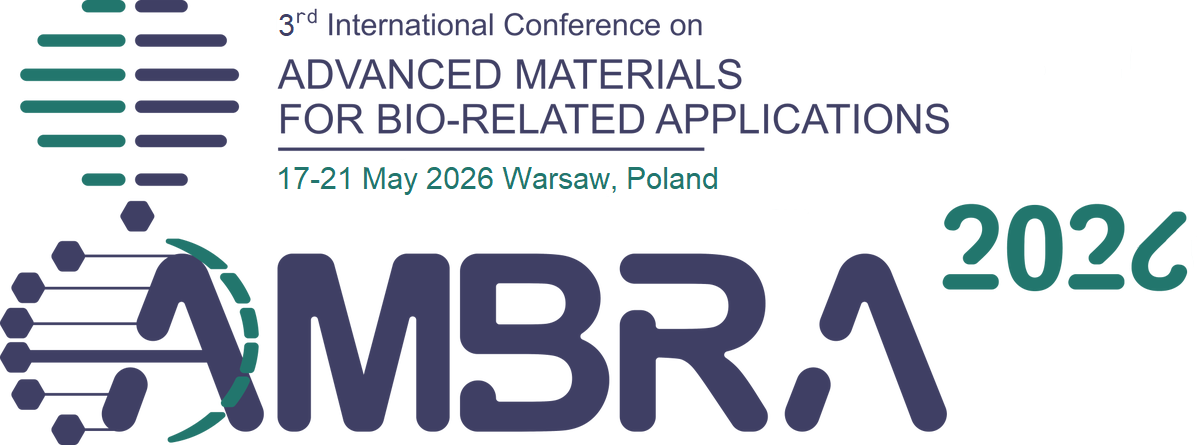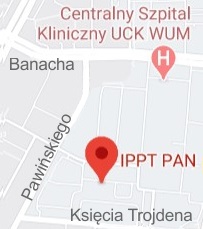| 1. |
Dziedzic K., Brachaczek A., Nowicki D., Glinicki M.A., Mitigation of Alkali–Silica Reactivity of Greywacke Aggregate in Concrete for Sustainable Pavements,
Sustainability, ISSN: 2071-1050, DOI: 10.3390/su17156825, Vol.17, No.6825, pp.1-15, 2025 Streszczenie:
Quality requirements for mineral aggregate for concrete used to construct pavement for busy highways are high because of the fatigue traffic loads and environmental exposure. The use of local aggregate for infrastructure projects could result in important sustainability improvements, provided that the concrete’s durability is assured. The objective of this study was to identify the potential alkaline reactivity of local greywacke aggregate and select appropriate mitigation measures against the alkali–silica reaction. Experimental tests on concrete specimens were performed using the miniature concrete prism test at 60 °C. Mixtures of coarse greywacke aggregate up to 12.5 mm with natural fine aggregate of different potential reactivity were evaluated in respect to the expansion, compressive strength, and elastic modulus of the concrete. Two preventive measures were studied—the use of metakaolin and slag-blended cement. A moderate reactivity potential of the greywacke aggregate was found, and the influence of reactive quartz sand on the expansion and instability of the mechanical properties of concrete was evaluated. Both crystalline and amorphous alkali–silica reaction products were detected in the cracks of the greywacke aggregate. Efficient expansion mitigation was obtained for the replacement of 15% of Portland cement by metakaolin or the use of CEM III/A cement with the slag content of 52%, even if greywacke aggregate was blended with moderately reactive quartz sand. It resulted in a relative reduction in expansion by 85–96%. The elastic modulus deterioration was less than 10%, confirming an increased stability of the elastic properties of concrete. Słowa kluczowe:
alkali-silica reaction, aggregate, concreto, metakaolin, highway pavement Afiliacje autorów:
| Dziedzic K. | - | IPPT PAN | | Brachaczek A. | - | IPPT PAN | | Nowicki D. | - | IPPT PAN | | Glinicki M.A. | - | IPPT PAN |
| 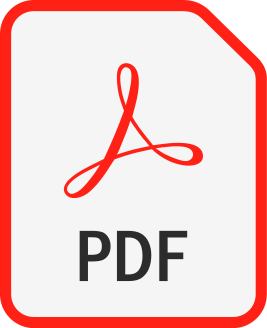 | 100p. |
| 2. |
Jóźwiak-Niedźwiedzka D., Nowicki D., Denis P., Osial M., Fantilli A.♦, Influence of granulated rubber from waste tires on ASR expansion, microstructure, and mechanical properties of mortars,
DROGI I MOSTY, ISSN: 1643-1618, DOI: 10.7409/rabdim.025.018, Vol.24, No.3, pp.319-330, 2025 Streszczenie:
The paper presents the results of research on the effect of partially replacing the sand fraction in cement mortar mixes with granulated rubber (GR) from waste tires on the potential for alkali–silica reaction (ASR) occurrence. ASR is a significant durability issue in cement-based composites, which can lead to substantial expansion and cracking in these materials. The study also analyzed the influence of rubber aggregate on the mechanical properties of mortars, particularly compressive and flexural strength, as well as on the microstructure of the mortars. Additionally, the impact of NaOH on the properties of granulated rubber aggregate was evaluated. Reference mortars were prepared using moderately reactive sand (R1) and highly reactive sand (R3), while in the experimental mixes, rubber aggregate was used as a volumetric replacement for a specific sand fraction at levels of 15% and 30%. ASR-related expansion tests were conducted in accordance with the RILEM AAR-2 guidelines. The results showed that partially replacing sand with rubber aggregate effectively reduced ASR-induced expansion, likely due to the rubber’s ability to absorb stress and restrict moisture migration, thereby mitigating the reaction. However, the use of rubber aggregate also led to a decrease in both compressive and flexural strength, which is a typical effect when introducing elastic materials, such as rubber, into cementitious mixes. The findings highlight the potential of granulated rubber from waste tires recycled as a sustainable additive in cement-based materials to control ASR, especially in structures exposed to aggressive environmental conditions. Additionally, the use of this type of aggregate aligns with the principles of the circular economy by utilizing rubber waste and simultaneously delivering both environmental and performance benefits Słowa kluczowe:
ASR, durability, internal structure, rubber aggregate, waste tire Afiliacje autorów:
| Jóźwiak-Niedźwiedzka D. | - | IPPT PAN | | Nowicki D. | - | IPPT PAN | | Denis P. | - | IPPT PAN | | Osial M. | - | IPPT PAN | | Fantilli A. | - | inna afiliacja |
| 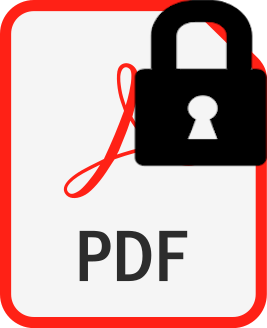 | 70p. |




